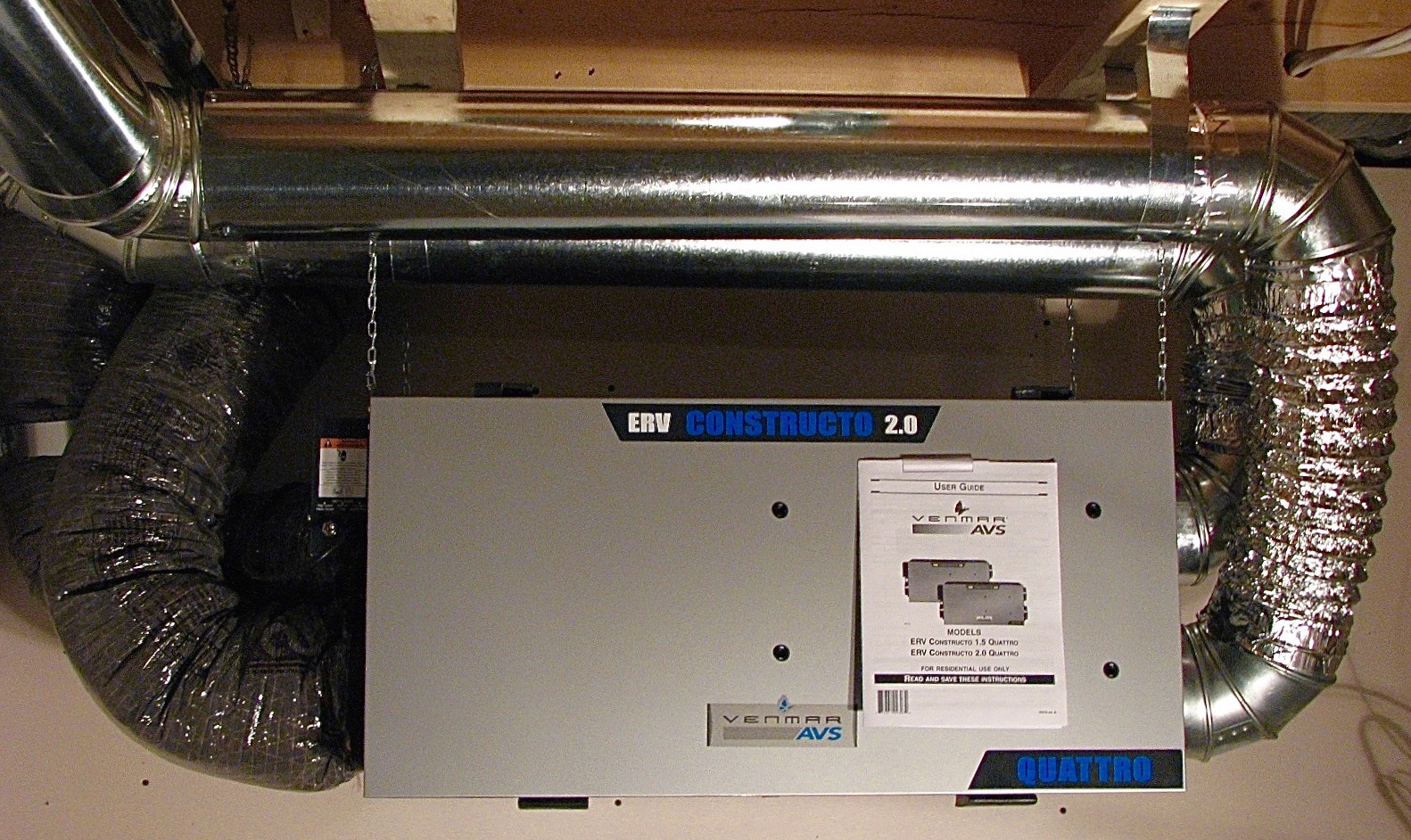The Future of HRV in Energy-Efficient Home Design
Exploring the Benefits of Heat Recovery Ventilation for Energy Effectiveness in Homes
Heat Recovery Ventilation (HRV) systems supply house owners a sensible method to boosting energy effectiveness. By redeeming warm from outward bound air, these systems can significantly minimize heating & cooling expenses. Additionally, they give a steady supply of fresh air, enhancing interior air top quality and comfort levels. As property owners take into consideration lasting alternatives, recognizing the nuances of HRV systems becomes progressively vital. What variables should one examine before making such a financial investment?
Understanding Heat Recovery Ventilation Solutions

Just How HRV Enhances Indoor Air Quality

Power Financial Savings: The Monetary Advantages of HRV
Maximizing energy efficiency, heat recovery ventilation (HRV) systems provide significant financial advantages for property owners. By recouping and recycling warmth from exhaust air, HRVs substantially minimize heating and cooling costs. This technology can result in power cost savings of as much as 30%, depending on environment and usage patterns. House owners typically discover decreased energy expenses quickly after setup, making HRVs a monetarily sensible financial investment over time. In addition, numerous areas provide rewards or rebates for energy-efficient upgrades, better improving the economic appeal. As energy rates continue to climb, the cost-effectiveness of HRVs becomes significantly clear. In general, the unification of HRV systems not only advertises power efficiency however also adds to long-lasting financial cost savings for houses.
The Environmental Impact of Heat Recovery Ventilation
A substantial environmental advantage of heat recovery ventilation (HRV) systems lies in their ability to decrease overall energy intake. By reclaiming warm from exhaust air and moving it to inbound fresh air, HRV systems decrease the requirement for energy-intensive home heating and cooling down methods. This reduction in power demand contributes to decrease greenhouse gas emissions, as less fossil gas is required to maintain comfy indoor temperature levels. Additionally, HRV systems enhance indoor air quality by effectively trading stale air with fresh outside air, lowering dependence on mechanical air conditioning systems that can harm the atmosphere. try this web-site Generally, the implementation of HRV systems supports sustainable living methods and lines up with international initiatives to battle environment adjustment by promoting power efficiency in residential settings.
Choosing the Right HRV System for Your Home
Just how can homeowners guarantee they select the right heat recovery ventilation (HRV) system for their needs? Initially, they should assess their home's size and format, as these elements affect air flow requirements. Next, evaluating the system's performance scores is essential, as greater ratings suggest better performance and power cost savings. Homeowners need to also take into consideration setup and maintenance prices, comparing various brand names and designs for dig this value. Additionally, it is essential to assess noise degrees, as some systems run more silently than others. Consulting with cooling and heating specialists can offer tailored suggestions based upon specific home problems. Ultimately, taking a look at individual evaluations and service warranties can assist in making a notified choice, making sure that the selected HRV system effectively boosts interior air high quality and power performance.
Regularly Asked Inquiries

How Usually Should I Clean or Maintain My HRV System?
The regularity of cleansing or maintaining a heat healing ventilation (HRV) system normally depends upon use and environmental variables. Normally, it is a good idea to carry out maintenance every six months to guarantee peak efficiency and air quality.

Can HRV Systems Help In Reducing Humidity Degrees Indoors?
HRV systems can effectively minimize interior humidity degrees by trading stale, moist air with fresh, drier air from outdoors. HRV Heat Recovery Ventilation. This procedure helps maintain a balanced indoor environment, enhancing comfort and preventing moisture-related problems
What Is the Lifespan of a Common HRV System?
The life expectancy of a common heat recovery ventilation (HRV) system varies, usually lasting between 10 to 15 years. Normal upkeep can prolong its effectiveness and operational life, making certain peak efficiency my review here throughout its use duration.
Exist Any Type Of Noise Interest In HRV Equipments?
Noise worry about HRV systems can occur, specifically from fan procedure. Nonetheless, lots of modern-day systems are made to lessen audio degrees, ensuring they operate quietly while keeping effectiveness, which addresses potential disruptions in living settings.
Can I Set Up an HRV System Myself, or Do I Required a Professional?
The individual contemplated whether to install the heat recovery ventilation (HRV) system directly or employ a professional. Normally, while do it yourself installment is feasible, knowledge assurances appropriate performance and conformity with neighborhood building regulations, enhancing system performance.